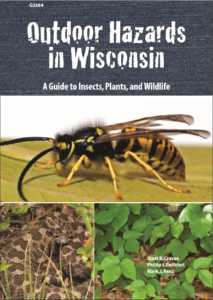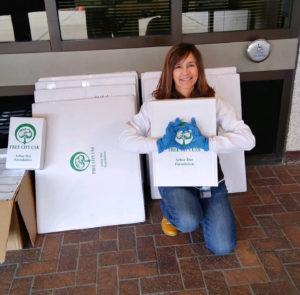 We deeply appreciate the commitment to urban forestry demonstrated by our 2019 Tree City, Tree Campus, and Tree Line USA participants. Thank you for your hard work!
We deeply appreciate the commitment to urban forestry demonstrated by our 2019 Tree City, Tree Campus, and Tree Line USA participants. Thank you for your hard work!
2019 Tree City USA Communities – City (years): Adams (25), Albany (16), Algoma (19), Allouez (24), Altoona, City of (1), Amery (4), Amherst (23), Antigo (27), Appleton (36), Ashwaubenon (27), Athens, Village of (1), Baldwin (13), Baraboo (28), Barron (2), Bayfield (20), Bayside (12), Beaver Dam (29), Belgium (8), Bellevue (17), Beloit (32), Beloit, Town of (3), Brillion (20), Bristol (8), Brodhead (7), Brookfield (22), Brooklyn, Village of (7), Brown Deer (23), Burlington (19), Cambridge (14), Cedarburg (30), Chenequa (35), Chilton (26), Chippewa Falls (34), Clinton (17), Clintonville (30), Columbus (14), Combined Locks (27), Cottage Grove (24), Cudahy (29), De Pere (24), Deforest (15), Delafield (23),
Continue reading “Recognizing Wisconsin’s Tree City, Tree Campus, and Tree Line USA participants”

 Thanks to the efforts of researchers over the past few decades, we have a solid understanding of the ecological benefits of urban forests, such as reduced greenhouse gases, decreased stormwater runoff, and lessening of the urban heat island effect. In contrast, knowledge of the human health benefits of urban forests is still developing. Existing reviews of health benefits have focused more broadly on nature, green space, and greenness rather than concentrating specifically on urban trees.
Thanks to the efforts of researchers over the past few decades, we have a solid understanding of the ecological benefits of urban forests, such as reduced greenhouse gases, decreased stormwater runoff, and lessening of the urban heat island effect. In contrast, knowledge of the human health benefits of urban forests is still developing. Existing reviews of health benefits have focused more broadly on nature, green space, and greenness rather than concentrating specifically on urban trees.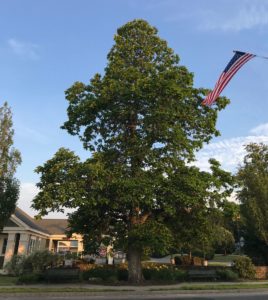
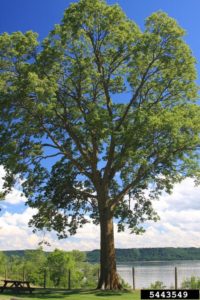
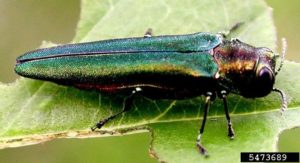
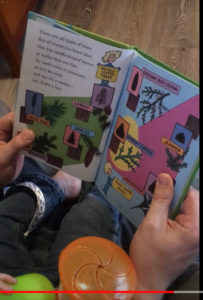
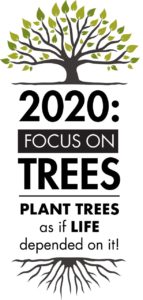
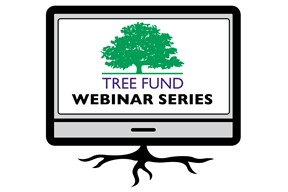 Check out the six upcoming webinars/webinar series listed below. Especially during this time of social distancing, webinars are a great training opportunity. Some of them even offer ISA CEUs when watched live (recordings of past webinars are also available but do not offer CEUs).
Check out the six upcoming webinars/webinar series listed below. Especially during this time of social distancing, webinars are a great training opportunity. Some of them even offer ISA CEUs when watched live (recordings of past webinars are also available but do not offer CEUs).